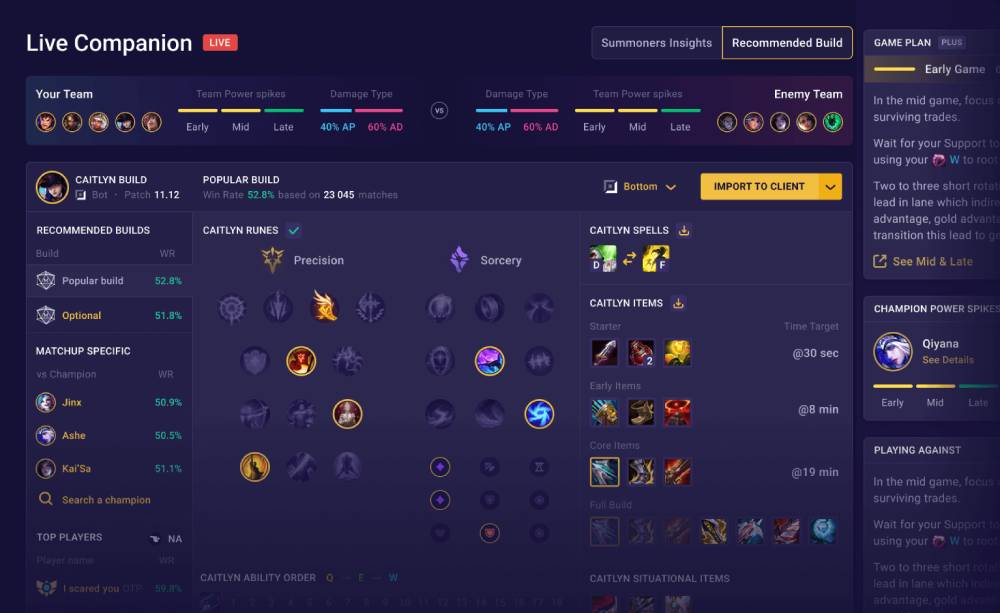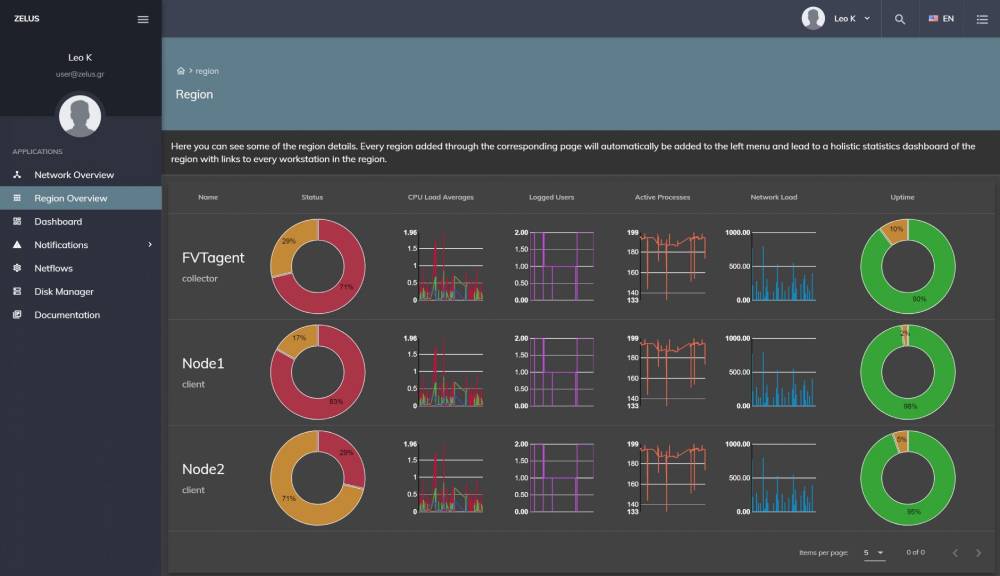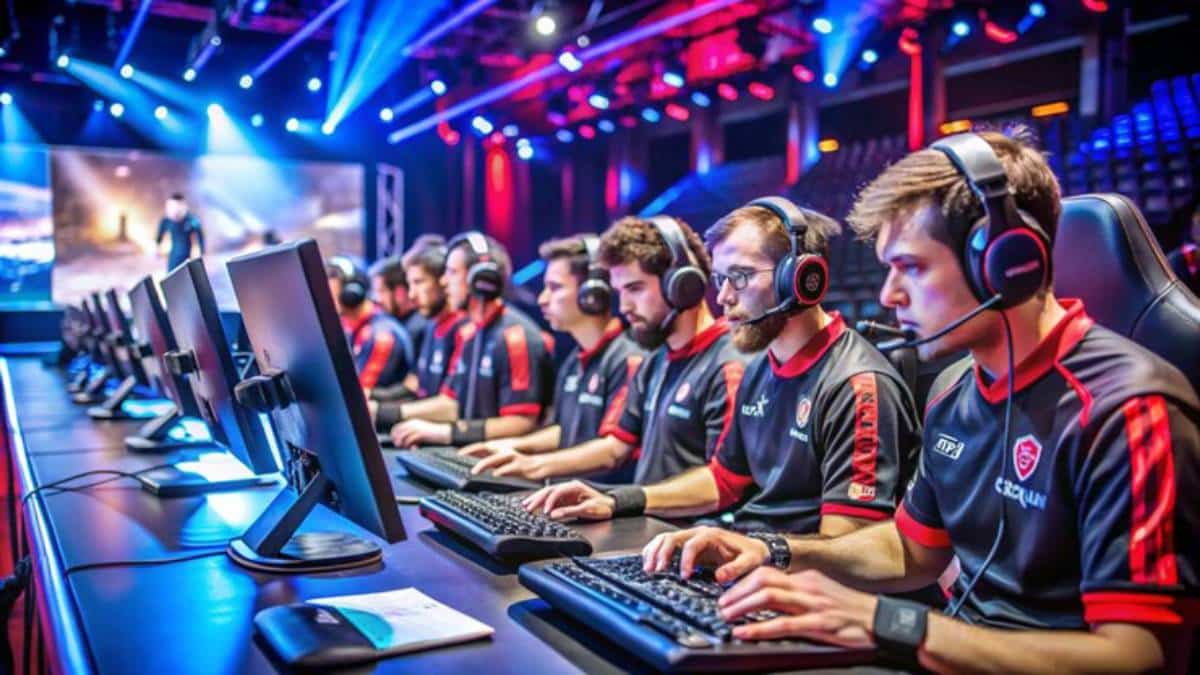
Predictive Analytics in Esports: Anticipating Opponent Moves
In esports, every millisecond matters, and strategy is crucial. So, predicting an opponent’s move can change the game. While instinct and experience still count, data is rapidly becoming the ultimate ally.
Esports predictive analytics combines machine learning, real-time data, and behaviour models. This helps players and coaches gain an edge. Predictive tools are changing competitive gaming. They analyse movement patterns and forecast likely plays. Now, anticipation is as important as action.
In this blog, we look at how esports data tools change professional play. We’ll discuss the technologies behind real-time gameplay analysis. We’ll also look at how this affects team dynamics, coaching, and strategy development in the future.
What Is Predictive Analytics in Esports?
Predictive analytics uses past and current data to predict future results. In esports, we analyse player behaviour, team formations, game events, and environmental factors. This helps us make smart predictions. It covers decisions in matches and trends for the whole season.
Core Components:
- Machine learning algorithms trained on game data
- Pattern recognition from thousands of hours of gameplay
- Real-time visualisation dashboards for coaches and analysts
- Heatmaps, trajectory paths, and probability models for in-match tactics
Traditional sports use statistics for scouting and match prep. But esports stands out because it’s digital. Every click, movement, and outcome is recorded, allowing for deeper analysis.
Why Predictive Analytics Matters in Esports
1. Strategic Anticipation
Predictive tools show an opponent’s favourite strategies or timing habits. This helps teams plan their counters ahead of time.
2. Performance Enhancement
Coaches can spot underperformance patterns. For example, they might see decision fatigue in late-game situations. They could also have slower reactions when under pressure. Then, they can train players to improve in these areas.
3. Match Preparation
Teams can check predictive reports. These help them simulate possible moves by opponents, map choices, or economic buys in games like CS:GO and Valorant.
4. In-Game Adaptation
Live analysis tools provide data to support staff. This helps them make real-time strategic changes during tournament matches.
Esports predictive analytics isn’t just a theory anymore. It’s now in use at the top levels of play.
Key Use Cases of Esports Predictive Analytics
1. Pathing and Positioning Predictions (MOBA & FPS)
Games: League of Legends, Dota 2, Valorant, CS:GO
- Analytics tools can show expected movements from past matches. They map zones and player habits.
- Heatmaps reveal common ambush spots, escape routes, or habitual rotations.
- Teams can exploit predictable patterns to set traps or avoid danger zones.
Impact: Tactical precision—teams can rotate or set up engagements with data-backed confidence.
2. Opponent Draft and Composition Forecasting
Games: League of Legends, Dota 2, Overwatch
- Predictive models assess recent pick/ban trends and meta adaptations to forecast likely hero or champion selections.
- Tools can suggest optimal counter-picks or highlight draft weaknesses.
Competitive Edge: Coaches arrive at the drafting table better prepared, reducing the chance of being outmanoeuvred in phase one.
3. Loadout and Economy Forecasting
Games: Valorant, CS:GO, Rainbow Six Siege
- Tools analyse round-to-round economy changes, helping predict whether opponents will force-buy, eco, or full-buy in upcoming rounds.
- Weapon and utility choices can also be forecast based on historical data and current match flow.
Tactical Application: Teams can adjust their playstyle—aggressive push, slow hold, or bait strategy—based on predicted resource availability.
4. Player Psychology and Behavioural Modelling
- By analysing past match data, tools can reveal when a player tilts, overcommits, or retreats too early.
- Sudden changes in tempo or decision-making patterns can indicate stress or fatigue.
How It’s Used:
- Opposing teams may increase pressure when predictive tools signal vulnerability.
- Coaches may substitute or adjust roles to protect players showing fatigue signs.
Leading Esports Data Tools and Platforms
Here are some of the most prominent esports data tools used by analysts, teams, and coaches around the world.
Mobalytics

- Offers post-match analytics for games like League of Legends
- Includes visual breakdowns of playstyle, strengths, and opportunities
- Uses a “GPI” (Gamer Performance Index) to benchmark progress
Shadow.GG
- Provides team heatmaps, trajectory paths, and predictive models
- Used by several top-tier CS:GO teams
Abios Esports
- Focuses on high-level data APIs for developers and fantasy esports platforms
- Offers match predictions, live odds, and player stats
Zelus Analytics

- Works with traditional sports and is now entering esports
- Offers predictive scouting, win probability modelling, and match forecasting
These platforms form the backbone of real-time gameplay analysis, offering tools not just for players and coaches but for commentators, fans, and esports betting companies as well.
How Teams Are Using Predictive Analytics in Practice
Example: League of Legends World Championships
During the 2023 World Championship, several teams leveraged predictive data tools to:
- Optimise jungle pathing based on enemy pick/bans
- Anticipate gank timings by analysing previous game intervals
- Adjust vision placement in high-value map zones where enemies were likely to traverse
These insights turned the tide in several close series, proving that informed decisions outperform gut instincts—especially at the elite level.
Example: CS:GO Team Training
Top-tier CS:GO teams use predictive models to simulate rounds with likely opponent behaviours:
- Where will their AWPer peak early?
- What’s the probability of a B-site rush when economy dips?
- Which grenade patterns signal a fake execute?
By answering these questions in training, teams enter matches with foresight—not just reactivity.
The Challenges of Predictive Analytics in Esports
Despite its advantages, this field faces some unique hurdles:
1. Data Overload
- Sifting through gigabytes of match data without clear insight can overwhelm players and coaches.
Solution: Intelligent dashboards and automated summaries help highlight what matters most.
2. Meta Shifts
- Frequent patches and balance changes can render past data less relevant.
Solution: Algorithms must be retrained regularly and contextualised by human analysts.
3. Data Privacy and Ethics

- Some teams worry about giving rivals access to scrim data or internal statistics.
Solution: Platforms now offer encrypted, team-only environments and consent-based data sharing.
The Future of Real-Time Gameplay Analysis
With developments in AI and edge computing, we’re heading towards even more advanced real-time gameplay analysis. Future possibilities include:
- Live feedback loops where coaches receive instant, AI-generated strategic prompts
- Voice-integrated analysis tools to deliver data to players mid-match without breaking focus
- Emotion recognition software detecting player stress through webcam or biometric inputs
- AR/VR integration for immersive post-match reviews or training simulations
As processing speeds and data visualisation improve, analytics will no longer sit behind the scenes—they’ll be integrated seamlessly into the playing experience.
Knowledge Is the New Aim Bot
As the esports ecosystem matures, data is no longer optional—it’s essential. Esports predictive analytics allows teams to train smarter, strategise deeper, and anticipate faster. It connects talent and preparation. It provides tools that turn information into intuition.
For players, coaches, and analysts, mastering these esports data tools is key. It’s the next meta.
Act now: If you’re a gamer, an analyst, or just a fan, dive into the platforms and methods that are shaping esports’ future. Because in the game of milliseconds and mind games, foresight is everything.


